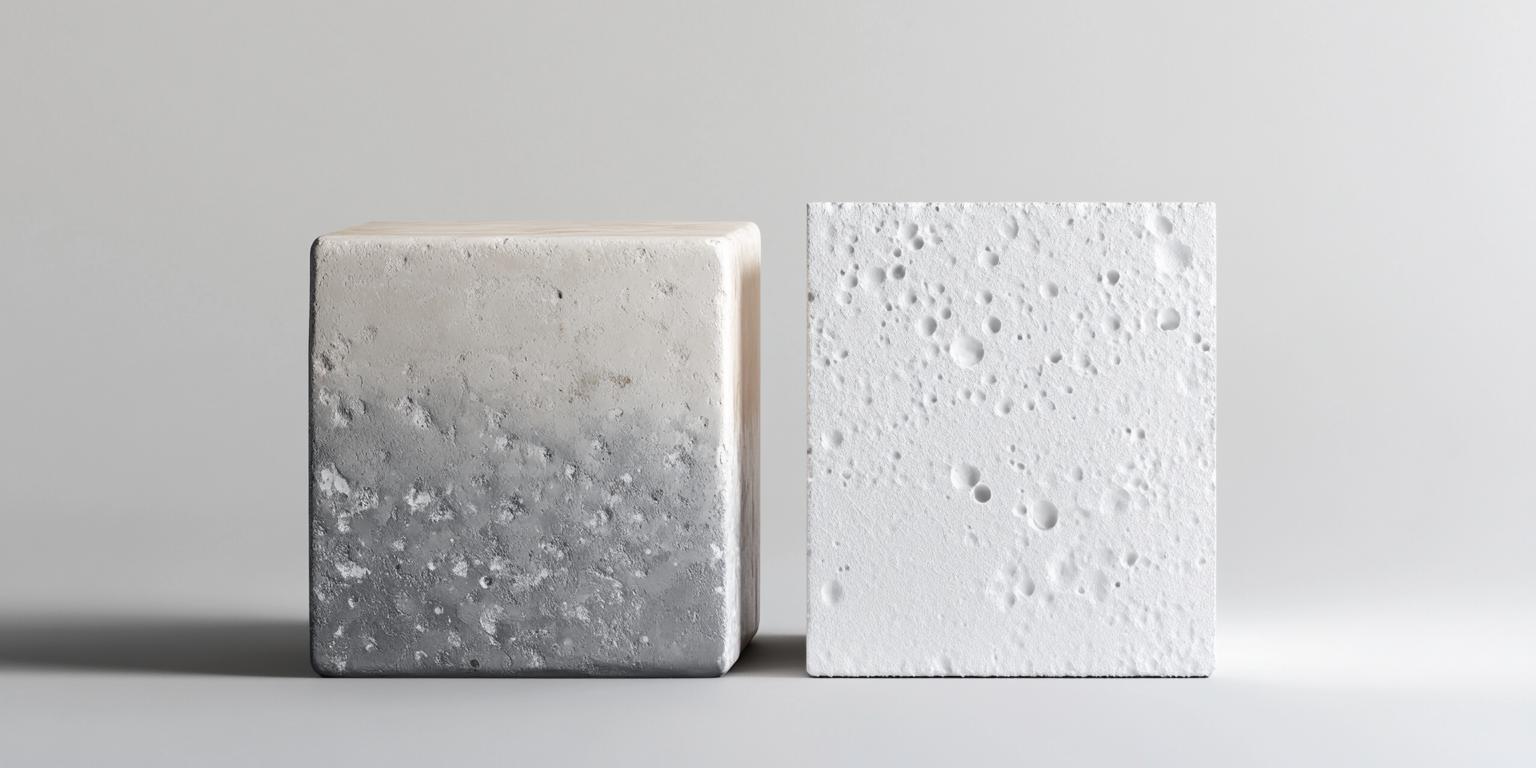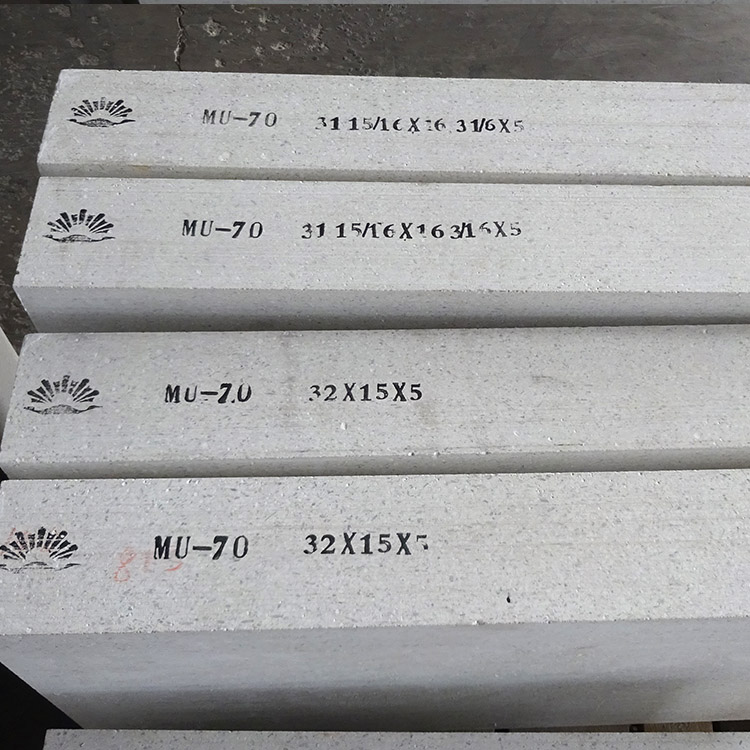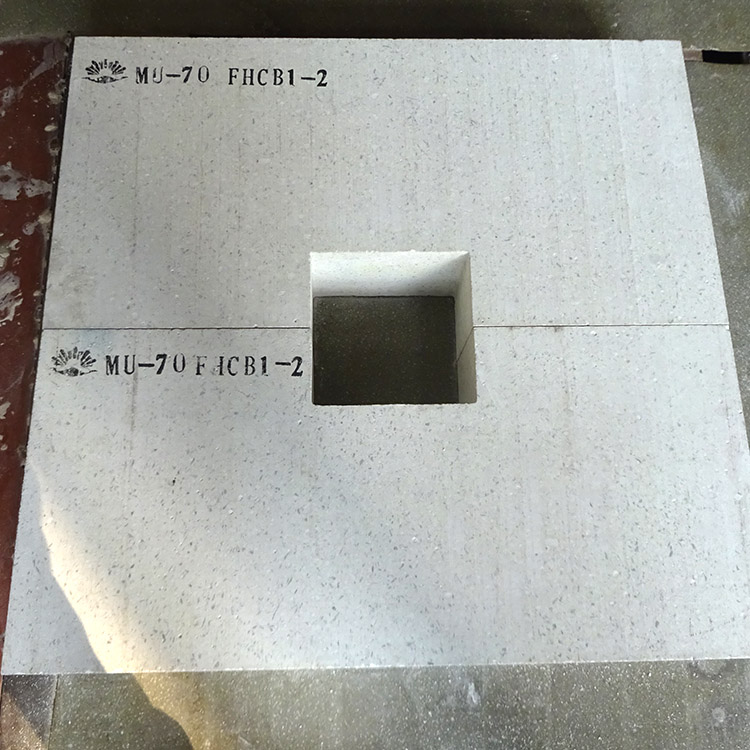
High-temperature sintering is a critical process in the production of mullite bricks, significantly enhancing their refractory performance. This article explores the technical details and practical benefits of this advanced manufacturing method, helping global buyers understand why sintered mullite bricks are an optimal choice for high-temperature industrial applications.
In industrial environments, refractory materials face extreme thermal and mechanical stress. Traditional products often suffer from issues such as low density, poor thermal shock resistance, and structural instability at high temperatures. These limitations can lead to frequent maintenance, reduced efficiency, and increased operational costs. Therefore, there is a growing demand for refractory materials that offer superior durability and performance under harsh conditions.
Sintered mullite bricks are a type of high-alumina refractory material known for their excellent thermal stability and resistance to chemical erosion. They are typically made using a combination of synthetic mullite clinker and high-aluminum bauxite clinker. The final product is fired at temperatures exceeding 1600°C, resulting in a dense and stable microstructure.
| Material Component | Properties |
|---|---|
| Synthetic Mullite Clinker | High purity, excellent thermal stability, and resistance to thermal shock. |
| High-Aluminum Bauxite Clinker | Excellent wear resistance and high melting point. |
The high-temperature sintering process plays a crucial role in determining the physical and chemical properties of mullite bricks. At temperatures above 1600°C, the raw materials undergo significant structural transformation, leading to improved density, porosity reduction, and enhanced mechanical strength.
According to industry data, sintered mullite bricks can achieve a bulk density of up to 2.8 g/cm³, with a porosity as low as 12%. These characteristics contribute to better thermal conductivity and resistance to thermal shock, making them suitable for use in steelmaking furnaces, cement kilns, and other high-temperature applications.

Several case studies have demonstrated the effectiveness of sintered mullite bricks in real-world industrial settings. For example, a steel plant in Southeast Asia replaced its traditional refractory bricks with sintered mullite bricks in its blast furnace lining. After one year of operation, the new material showed no signs of degradation, while the old bricks had already begun to crack and erode.
Another application in a cement kiln in Europe reported a 20% increase in operational efficiency due to the improved thermal insulation and structural integrity of the sintered mullite bricks. These results highlight the long-term cost savings and reliability offered by this advanced refractory solution.

Sintered mullite bricks provide a reliable and durable solution for high-temperature industrial environments. Their unique composition and advanced manufacturing process ensure superior performance, longevity, and cost-effectiveness. Whether you're looking to improve furnace efficiency or reduce maintenance costs, these bricks offer a proven alternative to conventional refractory materials.

If you're looking for high-performance refractory solutions tailored to your specific needs, we invite you to explore our range of sintered mullite bricks. Our team of experts is ready to assist you in selecting the right product for your application. Don’t miss the opportunity to enhance your operations with cutting-edge technology.


